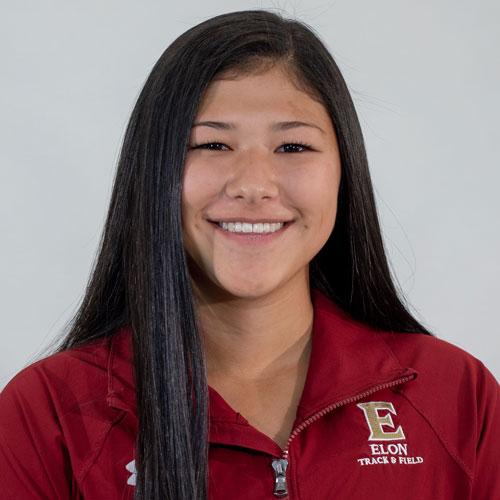Alyssa Zee
Class of 2021
- Sport Management

Communicating Study Abroad Opportunities to Student-Athletes: What’s Happening at Division I Schools?
Project Mentor:
- Tony Weaver, associate professor of sport management and chair of the Department of Sport Management
Project Abstract
The opportunity to participate in high impact practices (HIPs) in college is often beneficial and rewarding (Kuh, 2008). Among many effective HIPs, studying abroad has become gradually more important in developing better educational programs at colleges over the years (Kitsantas, 2004). The opportunity college students have to study abroad is a unique experience for many reasons. In particular, students return with a new perspective on culture, a greater knowledge and understanding of the world, and open-mindedness (Hadis, 2005). O’Neil (2017) emphasized the importance of study abroad opportunities at colleges as they “have evolved to be more inclusive of students’ desired durations, topics of study, and the locations of the host countries” (p.1). Although numerous studies have examined the impact studying abroad has on college students, minimal attention has focused on communicating in-depth information about the opportunities that student-athletes have to participate in study abroad (Henderson, 2018; O’Neil, 2017). Therefore, the purpose of this study was to understand the landscape of Division I student-athlete opportunities in studying abroad and examine the benefits and challenges associated with studying abroad. Data was collected from 351 Division I university academic and athletic department websites. Content analysis was used to analyze findings from Division I institution websites relative to the level of communication and information provided on study abroad offerings and experiences for student-athletes. Results showed that schools provided very limited amount of information about study abroad programs specifically tailored to student-athletes on either athletic or university websites. Only one-third of the schools offered any information on their athletic website. Furthermore, when universities did present information, it was not specific enough on ways to overcome barriers unique to student-athletes, such as limited availability based on athletic participation, financial restrictions, and other logistical challenges. The findings from this study are beneficial to future development of university webpages to implement more in-depth information displaying the opportunities for student-athletes to study abroad.
 Download Project Presentation
Download Project Presentation